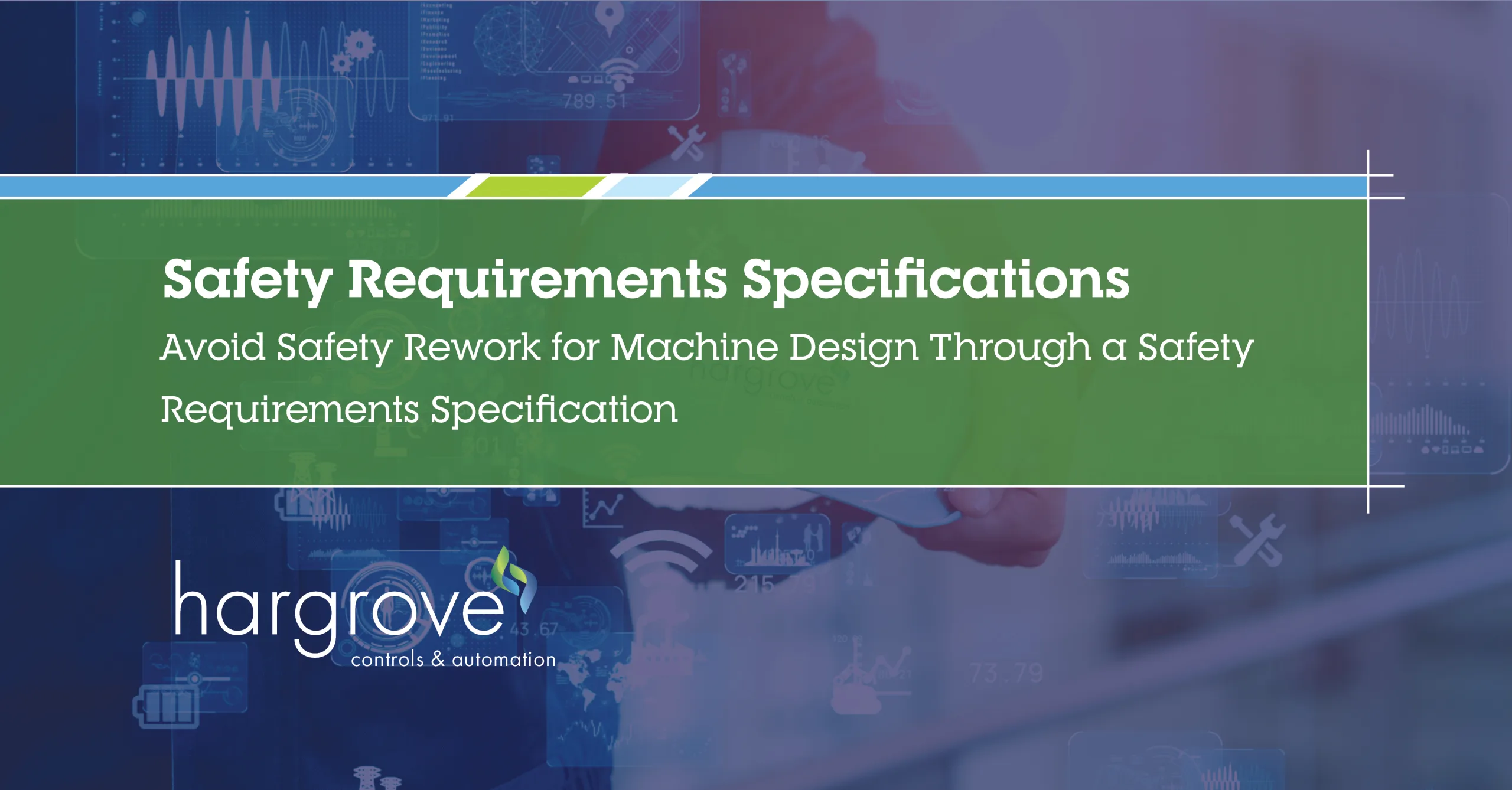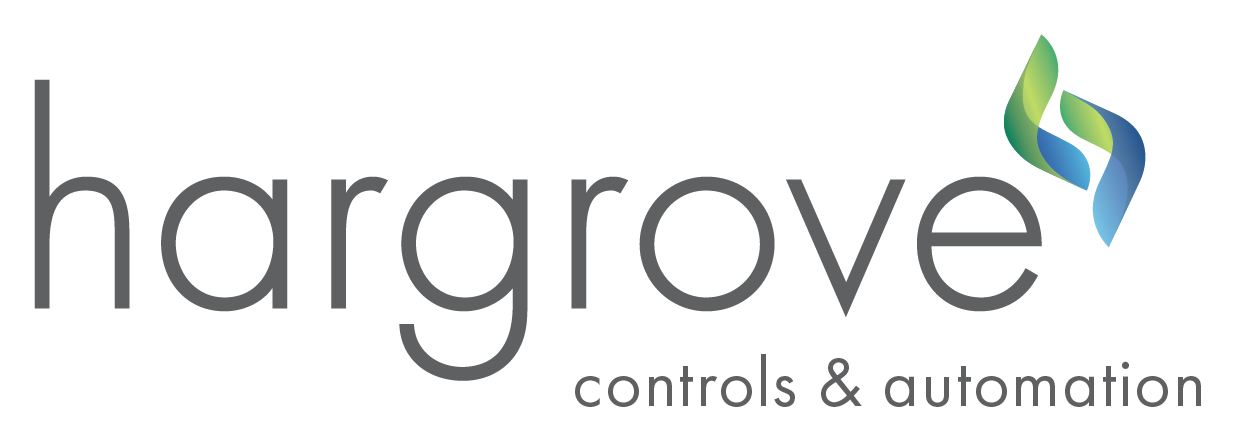Avoid Safety Rework for Machine Design Through a Safety Requirements Specification

In the latest edition of our machine safety lifecycle series, learn what makes a good safety requirements specification (SRS) and how to use one effectively.
Imagine you’re building a crib for your new baby and you open the box to find no instructions anywhere. Looking inside the box, you notice key parts are missing and others look like they don’t belong. Not only would it take you longer to build the crib, but you could easily misinterpret the design or incorrectly install a safety component. Would you trust yourself to build it in this condition?
A safety requirements specification (SRS) is similar to the instructions needed to build this crib. They ensure safety when designing a machine – the next stage of the machine safety lifecycle following a machine safety risk assessment (SRA). Learn how an SRS can create a safer facility in a cost-effective, efficient way.

What are the Benefits of Safety Requirements Specification?
An SRA doesn’t tell designers how to build a machine. Instead, it informs them that the machine must function at a certain level of safety to protect people from the identified hazards.
An SRS takes the information from the risk assessment and provides a guide for the designer to build and design the machine to meet safety requirements. An SRS cuts down on design iteration, time, and often lowers the complexity of the safety-related equipment’s design.
Without these guidelines in place, any overlooked requirements become retrofits and rework that must be addressed. It’s more cost efficient and often a simpler solution to build safety into the machine design.
What Makes a Quality Safety Requirements Specification
An SRS addresses each hazardous part of a machine and the required overall risk reduction – outlining the machine’s intended use, whether it is mechanical, electrical, programming, IT, or another discipline. Having an adequate amount of information is crucial, but too many details can make a specification unclear and inferior to a designer.
An SRS should also cover reasonable, foreseeable misuse. For example, if your night shift production is trying to meet a quota, what shortcut might they try to take to bypass a safety? How can you anticipate keeping personnel safe if they take that foreseeable shortcut?
Click here to download the Key Considerations of an SRS Checklist
Standards for Safety Requirements Specifications
ISO 13849-1 details all the information that should be contained in a safety requirements specification. This is not an all-inclusive list, but an accurate safety requirements specification must follow this standard.
Safety Functions
All safety functions should be detailed, including what the safety function is, where/what the hazard is, and how personnel will be protected. All safety functions have three parts:
1. Input – How do we detect that something is intruding into the ‘safety zone’?
2. Logic – How are the inputs/outputs processed and monitored?
3. Output – What is being controlled?
A safety function helps to reduce the risks presented by machines in a facility. For example, a light curtain may be used as a safety function to keep someone from entering a hazardous area. This function requires a safety distance calculation to be completed to understand the required safe distance or maximum stop time of the machine in question. The input factor of a safety function in this scenario would be that the light curtain detected an object breeching its ‘barrier’. Next, the logic could be compared to a safety programmable logic controller (PLC) that interprets that information and makes a decision. Finally, the output is the machine’s response to shutting down after a certain amount of time. All three of these work together to keep everyone safe.
Avoid the Back Work and Gain a Safer Facility
Prevent reworks and design with safety in mind with a safety requirements specification. Hargrove Controls & Automation can walk you through the machine safety lifecycle and help you achieve a more safe and efficient facility – contact us today.

